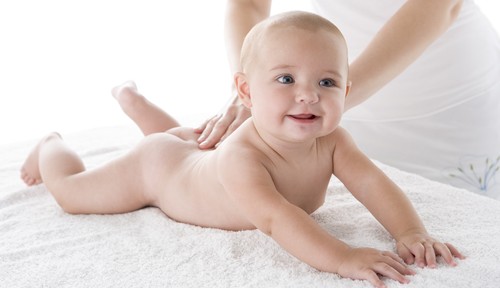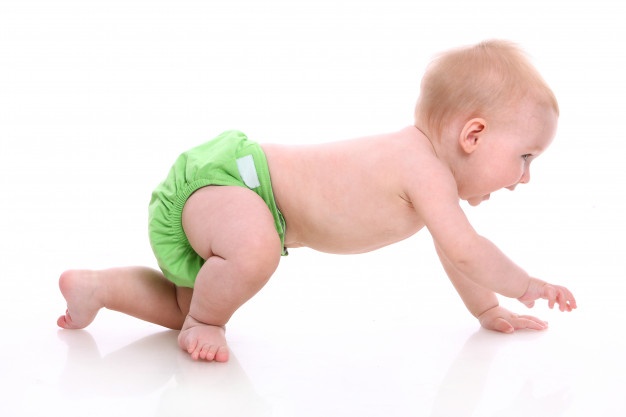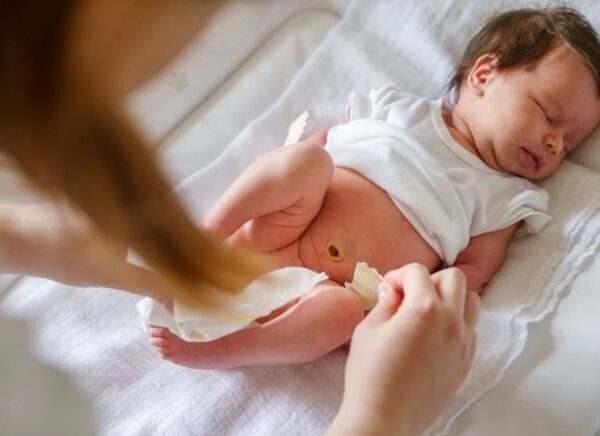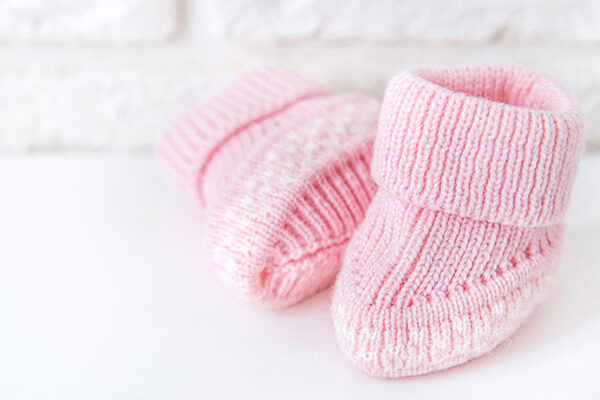Check out tips on how to encourage your baby development month by month.
The best way to encourage your baby development is to provide a warm, safe, and freely explorable environment. The care and encouragement of an adult are what he needs most while he is developing.
However, adults usually do not know how and what to do. Therefore, we have listed some games that adults can play with their little ones to stimulate their development, month by month. Check them out!
1-Month-Old Baby
You can stimulate your baby’s vision by moving colored objects sideways approximately 20 or 30 cm away from him (this is the maximum distance they can see). Through rattles, calm music, and conversation, you can help your baby better understand the world around him. Also, changing positions while holding the baby in your lap helps stabilize his little head: facing your body, facing down, and facing forward.
2-Month-Old Baby
To encourage your baby development at this stage, in addition to following the tips for the first month, you can also try to keep him lying on his stomach for a few minutes several times a day (tummy time). This helps to stimulate the muscles in his neck and arms. This exercise should be done little by little, always with an adult who can place colorful toys on both sides to encourage the baby’s laterality. If he cries, stop, and try later.
3-Month-Old Baby
Let your baby play more on his stomach but stay with him all the time. Put the toy within reach and let him try to grab it. Provide objects of different textures for him to touch (foam, wood, fabric, rubber, etc.).


Photo: Pinterest
4-Month-Old Baby
The baby’s neck gets stronger, and he starts to participate more in the games. Try making a face or “peek-a-boo”, hiding, and showing your face or a toy with a diaper. Watch your little one’s reaction and expression. On a safe surface, place objects nearby so he can try to roll over and grab them. Play with his little hand and show his fingers (count to 5 and move his fingers, for example). Provide secure teethers, as the oral phase will begin.
5-Month-Old Baby
Encourage your baby to sit up, by grabbing his arm or armpit and gently pulling him forward. Do this on a soft, firm surface. At first, place a pillow next to him, and when he becomes steady, he can sit up without support. Place the toy in front of him and slightly increase the distance to encourage him to stretch forward and exercise balance. Continue to talk and sing to the baby and narrate the actions. Listening to and imitating their babbling can also promote communication.
6-Month-Old Baby
At 6 months, the baby can sit up with little or no support and is ready for food introduction. It’s also a good time for him to play and experiment with different textures and flavors. In addition, it is worth reading to him showing the pictures in the book, playing hide and seek toys for him to find, holding the baby’s armpits, and reproducing the jumping movement.


Photo: Pinterest
7-Month-Old Baby
Continue to stimulate baby’s senses, showing texture, flavour and bringing him into contact with nature. In games, encourage him to pass the toy from one hand to the other and give it to other people too. Little songs that encourage clapping and waving hands are also welcome.
8-Month-Old Baby
Keep your baby on the floor longer by placing attractive toys around him on a safe surface not too far away so he can reach for them. Celebrate with him when he succeeds.
9-Month-Old Baby
Now you can play by passing the ball or some toy on the floor, as well as playing with pots and lids. The baby is likely to start crawling. One way to encourage the baby to crawl is to place simple obstacles, such as pillows, between him and the object of desire. When trying to overtake, he strengthens his arms and back by supporting his body while crawling.


Photo: Pinterest
10-Month-Old Baby
In this phase, the movement becomes more coordinated. You can give your baby the spoon so he can try to eat on his own. Music and instruments stimulate the rhythm. Play with natural paints, crayons, and sand to stimulate their senses. And, of course, get ready for the mess.
11-Month-Old Baby
Encourage the child to walk, leaving them barefoot (or putting on non-slip socks if it’s cold) so he can feel the ground and stabilize his feet. The idea is to create a safe and anxiety-free environment. The first stage of unsupported walking should take up to 18 months. The child can start to get up and lean on the furniture, sofa, and bed. He is learning to balance and falling is part of that process. Protect corners, get close, but try to control your fears so you don’t make him feel insecure.
12-Month-Old Baby
Congratulations, your baby is already a year old! Maybe he hasn’t walked yet, but he’s already moving to get what he wants. He seeks communication through babbling gestures. Acknowledge and celebrate his efforts by repeating the names of things.
Did you like to learn ways to encourage your baby development? Subscribe to our newsletter to receive more tips like these!
Also, read our article on how to encourage your baby to walk.



